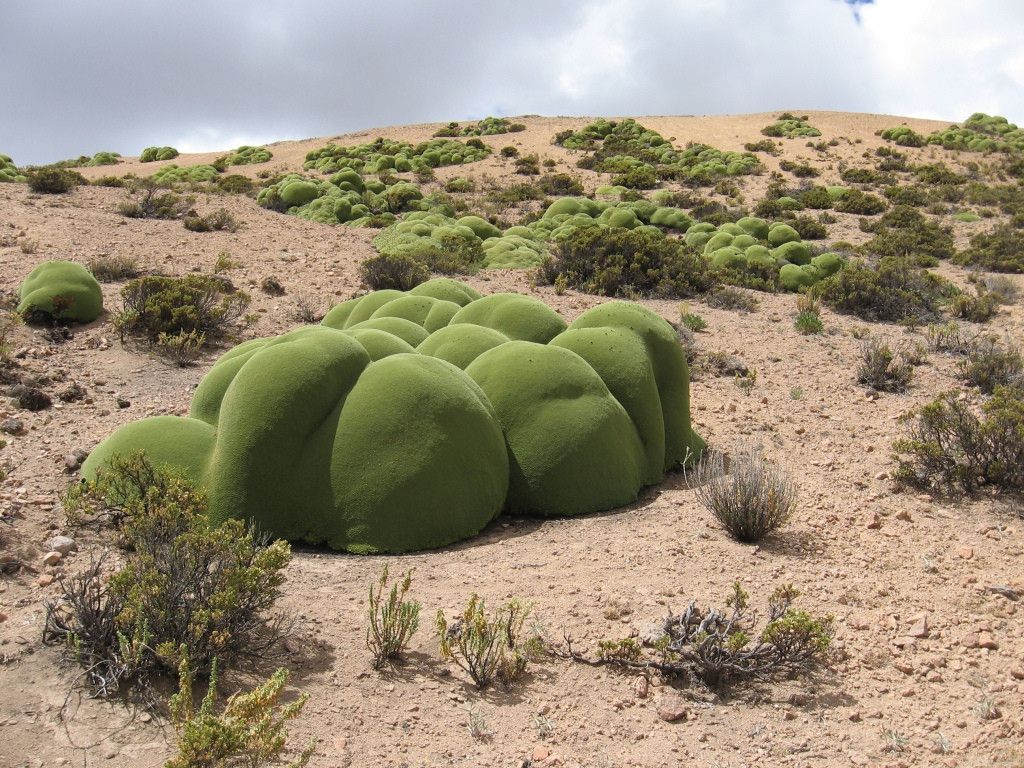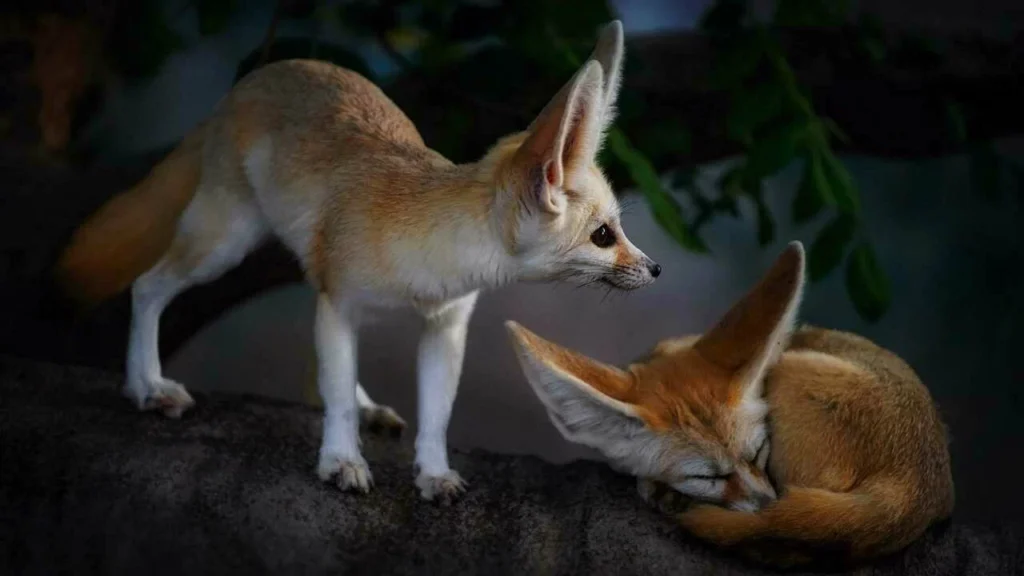Deserts, often seen as barren and lifeless, are actually teeming with remarkable flora and fauna that have evolved to survive in extreme conditions. From scorching days to freezing nights, these harsh environments demand ingenious adaptations for survival.
Flora: Masters of Water Conservation

One of the most iconic desert plants, the cactus, has developed the ability to store water in its thick stems. Its spines not only protect it from predators but also minimize water loss by reducing surface area exposed to the sun. Similarly, the creosote bush has evolved to thrive with minimal water. Its roots spread far and wide to capture any available moisture, while its leaves are coated with a waxy layer that helps reduce evaporation.
In the Atacama Desert, one of the driest places on Earth, plants like the Llareta grow in dense clusters, resembling mossy green mounds. This compact growth helps them retain water and resist the harsh winds that sweep across the desert.
Fauna: Masters of Survival

Desert animals have equally remarkable adaptations. The Fennec fox, with its oversized ears, not only hears prey from far away but also uses them to dissipate heat. Similarly, the kangaroo rat never drinks water—its kidneys are so efficient that it survives entirely on moisture from seeds.
In deserts like the Sahara, the addax antelope can go for weeks without drinking, thanks to its ability to conserve water by regulating its body temperature.
Adapting to Extremes
Both plants and animals in deserts have adapted to take advantage of rare rainfall. Some plants, like desert annuals, lie dormant as seeds for years until the perfect conditions arise, then burst into bloom in a spectacular display of color, transforming the barren landscape into a sea of life. This phenomenon is often called a desert bloom.
Deserts may seem lifeless at first glance, but they are home to some of the most resilient species on Earth, each with unique ways of surviving in a challenging, extreme environment.
